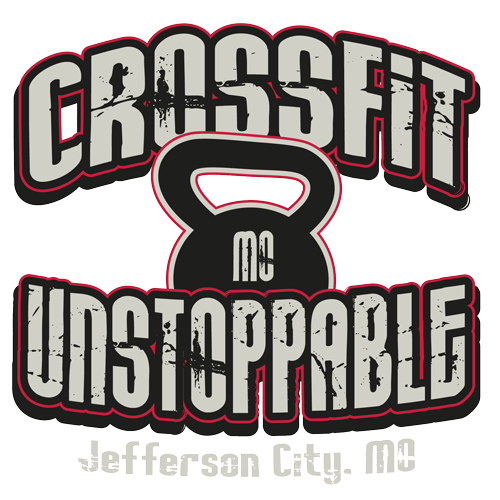WHY DO WE RECOVER FROM THE JERK WITH THE FRONT FOOT FIRST?
Most coaches will hammer their lifters and reinforce the idea that we want to recover from the split jerk by stepping back with the front foot about a third of the way back first, and then bring the back foot up to meet it. The basic explanation is usually something along the lines that we don’t want the athlete taking a big step and creating excessive horizontal movement of the bar overhead, but this could be done by stepping the back foot up partially too.
The goal for the jerk recovery is to keep the horizontal movement of the bar as minimal as possible. In other words, we’d like it to move up as the lifter stands without moving forward or backward significantly. This is a lot of weight in a very high position, and if it gains any momentum, it can be anywhere from difficult to impossible to control.
The reason stepping back with the front foot first is optimal is pretty simple – the back leg serves as a better post to shift the weight onto than the front in this situation. If we move the back foot, we’re placing all of the weight onto a bent knee that’s basically supporting weight directly above it; it’s somewhat like being in a partial one-legged squat. If we shift forward during this motion, which is very likely, the knee moves into an even weaker position, and it becomes difficult to support and stabilize the weight.
However, if instead the lifter pushes back with the front leg, the back leg, even if bent, isn’t really holding the weight up in the same way; it’s more of a kickstand to push against momentarily to allow the lifter to move the front foot back and the body and bar together into a higher position, which is stronger. This involves a very minimal movement of the bar backward, and then the movement of the rear leg that does require a bit more horizontal movement of the bar is performed with the lifter in a higher and stronger position.
Additionally, the abililty to recover with the front foot indicates proper balance in the split (or at least that the lifter is not imbalanced forward), so it can serve as a simple diagnostic tool.
Make sure when you recover that you actually bring the bar and hips back along with the front leg. Too often lifters step back and leave the weight overhead in essentially the same position, meaning they’ve just pulled their base out from under the weight and then have to hurry to get back under it to stabilize again.
In real life, of course, recover however you need to in order to make the lift; but make sure you’re practicing the optimal way and correcting problems that prevent it in training.


